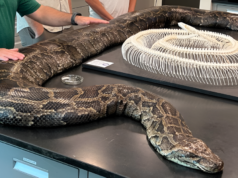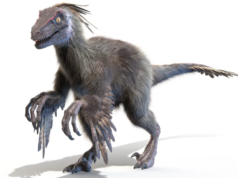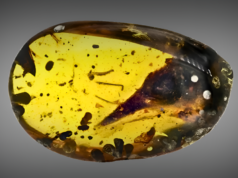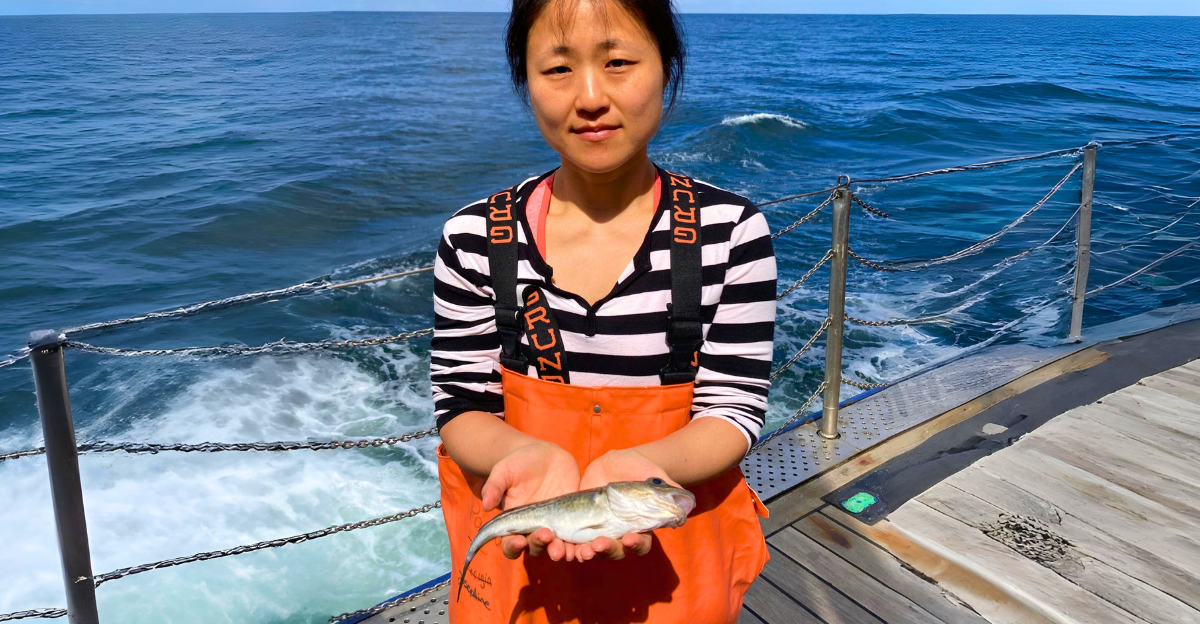
There’s a nervous tension running through the marine biology community, and it’s not the result of an academic disagreement. Instead, it’s quite the opposite: rumors have been making the rounds over the last few months—something fundamental is changing in the ocean.
Fisheries submit abnormal charts, biologists send worried messages, and viral TikTok clips show fishermen holding fish that, to be frank, are far too small.
Cod (Gadus morhua), once the heavyweight champion of the north and a dinner plate staple, have become central to a mystery that has made experts anxious and the public curious.
When Fish Get Smaller, the World Takes Notice—Why Size Matters Everywhere
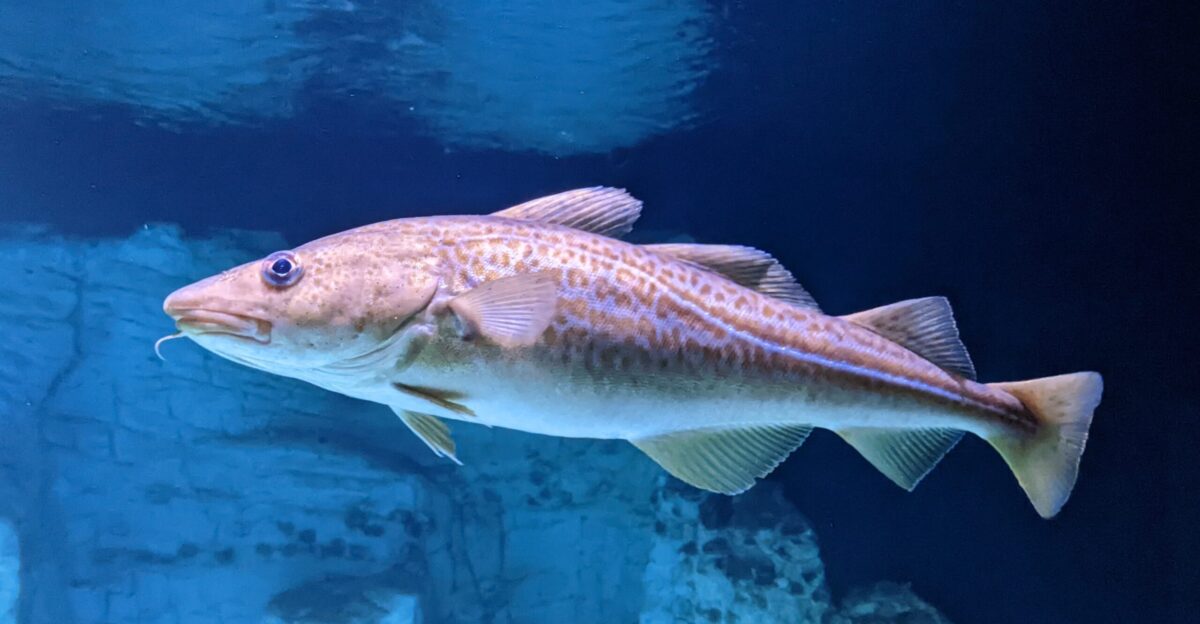
A sudden shift in the size of any particular species isn’t a wacky biological footnote—it’s a canary in the coal mine, as it were, for entire industries and food webs. When a species that once fed millions starts to change, it affects everything from Tokyo sushi restaurants to Norwegian fishing rights. Shrinking fish show a profound imbalance, sending shockwaves far beyond marine biology studies.
Climate Change: The Hidden Hand Remaking Ocean Life
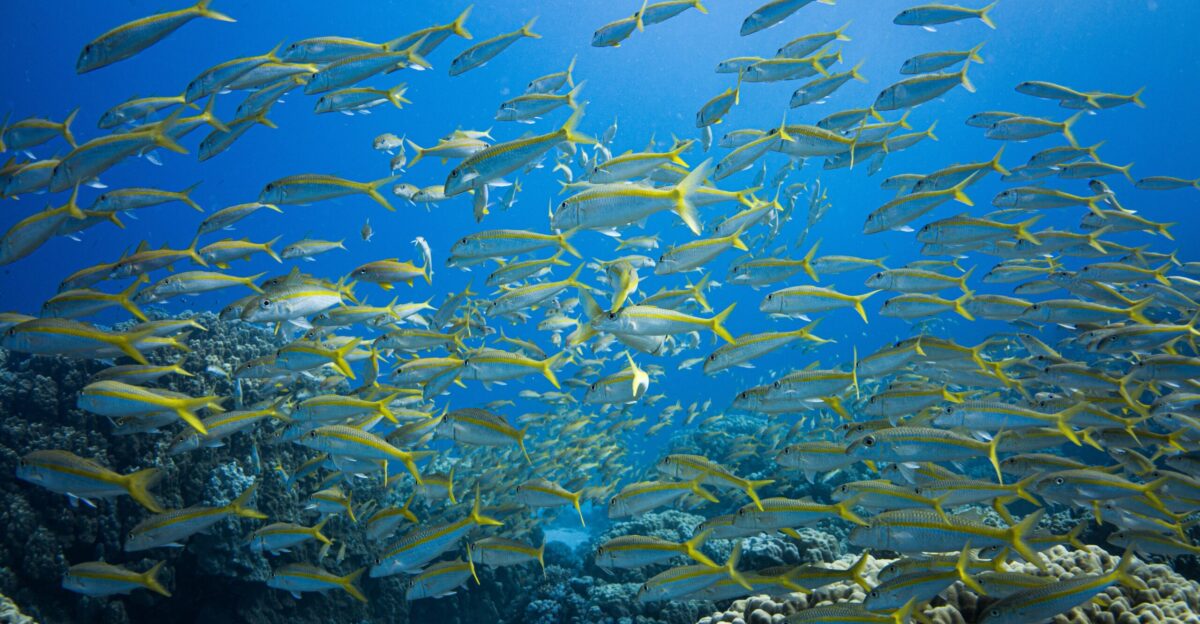
It’s no secret that climate change is redefining marine life. Warming ocean temperatures stress fish, alter food sources, and change migration patterns. Many aquatic species, like Cod, experience this transformation quicker than any evolutionary reaction. However, blaming climate change alone is far too easy. Other factors are at play here, and the answer, as with all things, is more nuanced.
A Trail of Trouble: How We Got Here

30 years ago, cod populations were in good health, commonly growing up to 3,3 feet in size and weighing up to 88lbs. But relentless fishing pressure, inadequate management, and environmental shifts created the grounds for disaster.
Every year, the largest fish are caught, leaving behind only the younger, faster-maturing individuals. Thus, evolution, expedited by man, sets the stage for a dramatic biological transformation.
Cod Have Lost 40cm—A Collapse in Body Mass
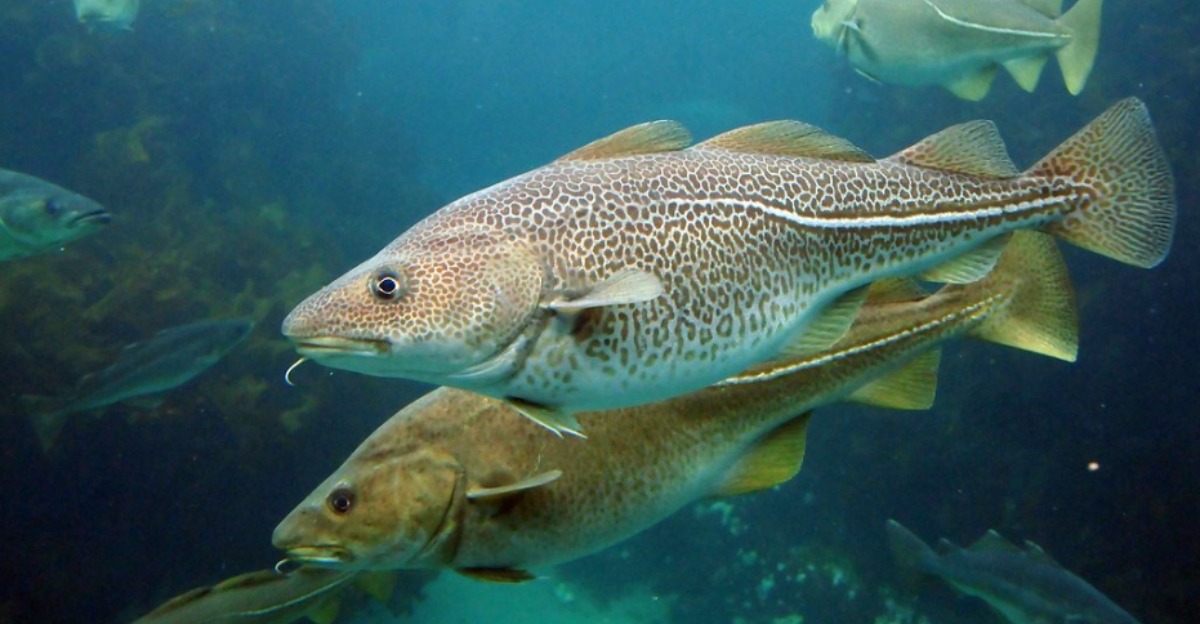
So what mischief has evolution been up to while we weren’t looking? A recent study, published in Science Advances, revealed that the average body length of the Eastern Baltic cod (a population of Atlantic cod in the central Baltic Sea) has collapsed by almost half over the last 30 years.
The fish have shrunk by about 40cm (15 inches) due to overfishing. Genetic analysis indicates that fast-growing cod have virtually disappeared, replaced by smaller ones that mature earlier. This isn’t merely a short-term decline—it’s evolutionary change, with the cod’s own DNA reflecting decades of unrelenting exploitation.
How This Discovery Was Made

The study saw marine biologists, as part of a multidisciplinary team, analyze the otoliths—tiny ear stones—of 152 cod collected from the Bornholm Basin between 1996 and 2019.
These ear stones record annual growth by forming visible rings, called annuli (not unlike tree rings). By counting these rings, researchers could determine a fish’s age and reconstruct its growth history.
Using high-resolution DNA sequencing, they tracked genetic changes over 25 years, revealing a sharp decline in body size and the near disappearance of fast-growing cod.
What This Means for Cod—And Their Recovery
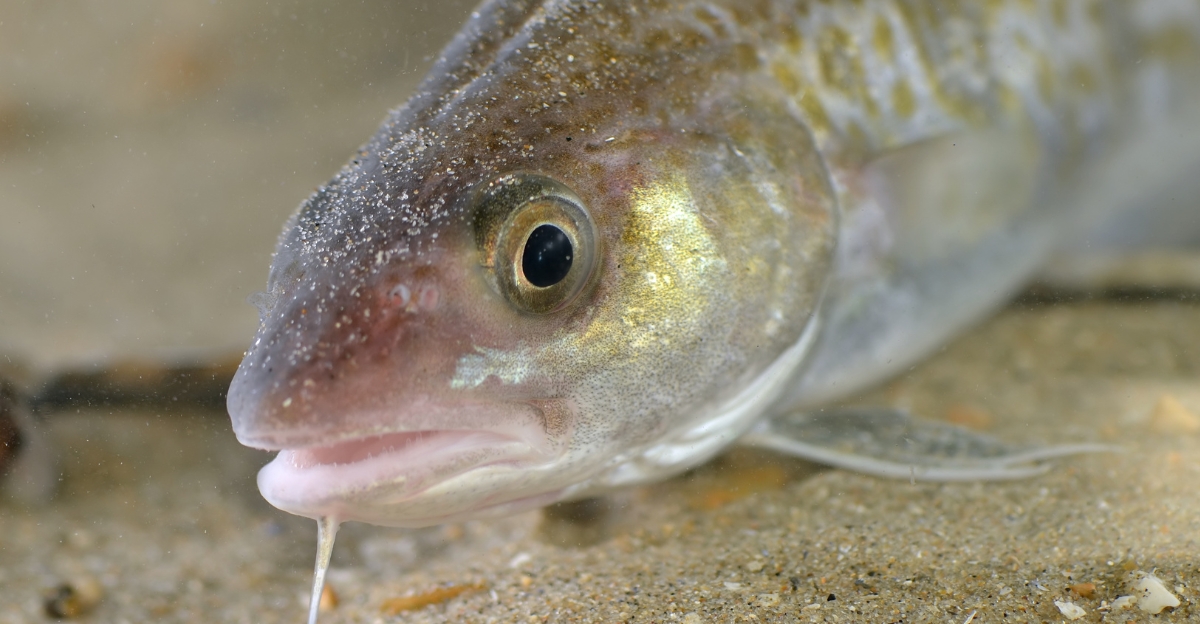
This reduction isn’t inconsequential. Smaller fish breed at a younger age and produce fewer, smaller offspring. As cod get smaller, their position within the ecosystem shifts, with predators and prey needing to adjust to the change as well.
Now, fishermen complain about the “plate-sized” cod, but scientists indicate that losing large, late-spawning cod means the population may never recover to its former size or strength, at least not in our lifetime.
Biologists Sound Alarm—and Struggle with Conundrum
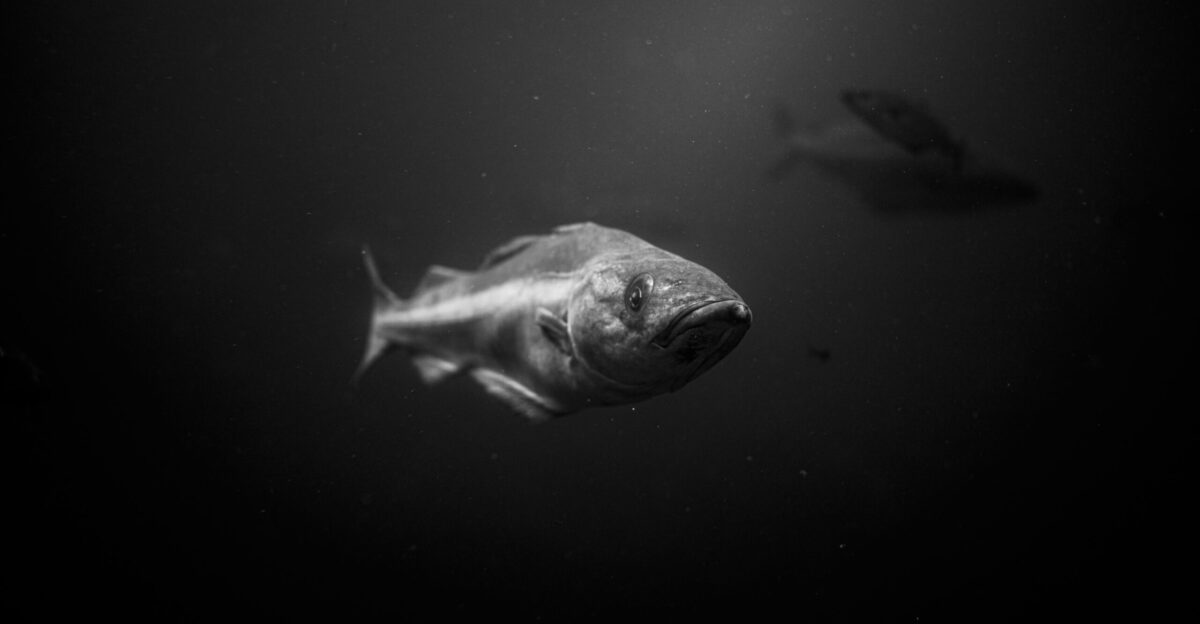
Marine scientists are frankly terrified, calling this a textbook case of “evolution in action, caused by human activity.” While scientists are shocked at how fast genetic change can happen, there’s a genuine feeling of upset. As Prof. Dr. Thorsten Reusch says, “It’s scientifically interesting, but ecologically very troubling.” This sentiment is echoed at research conferences and on Reddit forums.
When Cod Shrink, Ecosystems Stagger—The Domino Effect

Cod, an important species for economies, coastal communities, and global seafood supply, are also architects within their ecosystem. With their numbers and size shrinking, prey populations boom, and the whole food web wobbles. Small cod can’t keep schools of smaller fish and crustaceans in check, creating imbalances in the food chain that radiate throughout the ecosystem, affecting all species from plankton to top predators.
Where Do We Go from Here?
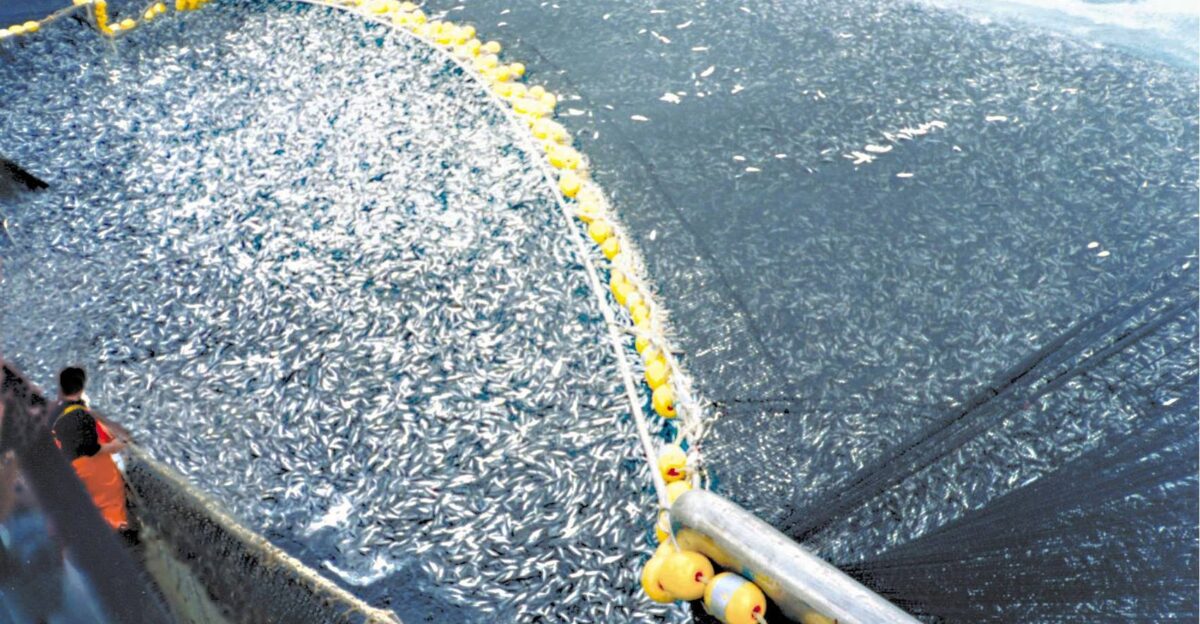
The cod collapse is an alarming warning bell: evolution can’t save a species from the pressures of human activity. Recovery, even with fishing restrictions, is glacial or doubtful because genetic diversity has vanished. The billion-dollar question is: Can we learn to manage nature before more species follow cod’s path?
The Cod Conundrum: Will We Listen Before It’s Too Late
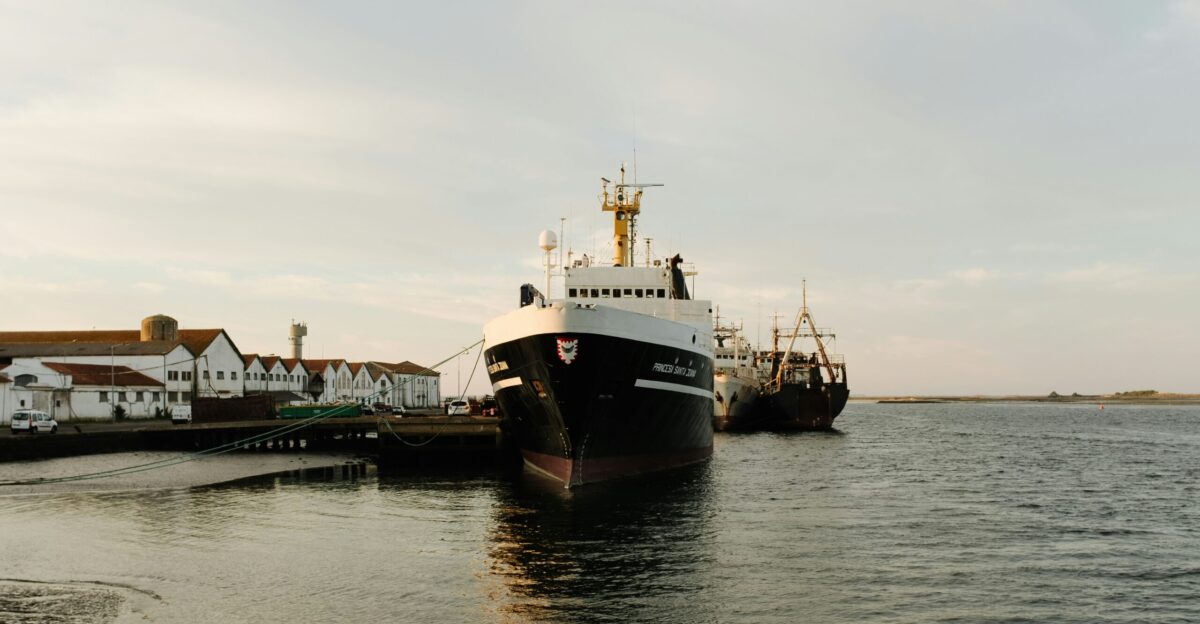
This isn’t just a story about fish. It’s about how quickly human actions can reshape nature, sometimes irreversibly. Smaller cod is a mirror that reflects our choices, our management failures, and our hopes for restoration. As the world debates the next steps, one truth stands out: this event is a test—of science, stewardship, and our willingness to change course before the next species collapse.


